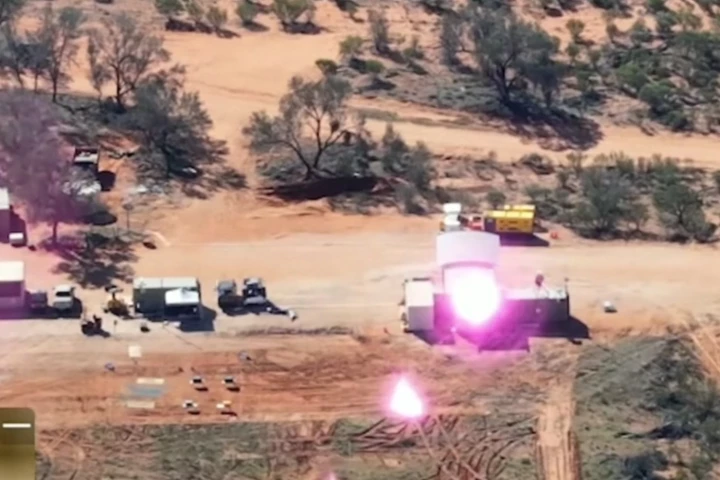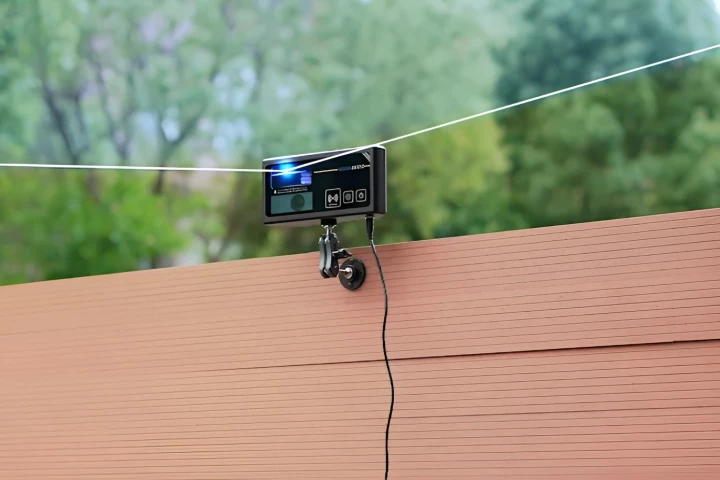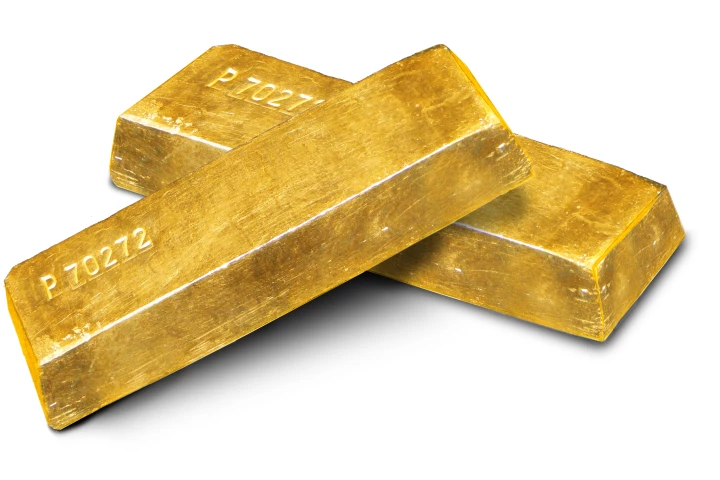Just last month we trawled the internet for updates to our coverage of the Dynafin propulsion concept from marine giant ABB. Now the technology has been independently tested, which also gives us our first look at the actual system.
ABB says that the Dynafin concept has been in development for more than a decade, but much of that was out of the public eye. The project officially launched in May 2023. Reportedly inspired by "the dynamic motions of a whale's tail," the system features a motorized disc in horizontal orientation that's home to a number of vertical blades.
Each of these blades has its own electric motor, and the combined motions of the disc and blades simultaneously propel and steer the watercraft that hosts them "to optimize thrust and positioning precision." ABB reckons the system could lead to "substantial fuel savings and significantly lower ship emissions compared to conventional propulsion setups."

The company has previously evaluated its technology on a passenger vessel and a cruise yacht, and it's already been earmarked for a floating battery bank called the e-bunker. But as a 2026 commercial release window looms, maritime research institute MARIN has taken the concept for a spin at its Concept Basin testing facility in the Netherlands.
"At MARIN, we measure hydrodynamic forces and moments, and determine hydrodynamic efficiency," said the institute's Jie Dang. The full-scale Dynafin was mounted to a custom test rig that measured torque, RPM and force, and lowered into a huge tank to simulate open water.

The comprehensive testing of the full-scale 3-MW propulsion unit is said to have resulted in an open water efficiency figure of 0.808 for operation at 18 knots (33 km/h, 21 mph).
"ABB Dynafin is all about extremely high efficiency, and this model scale testing gives a good platform for our customers to verify its performance," said Janne Pohjalainen, Global Product Line Manager for ABB Dynafin. "Our testing has been really successful and what we have seen fully aligns with our expectations from computational fluid dynamics analysis."
ABB also says that the MARIN tests confirm the concept's market readiness, with the first vessels to employ the technology likely to include passenger ferries, small cargo boats, offshore support vessels and yachts. Initial units will be rated for 1 to 4 MW.
Source: ABB







